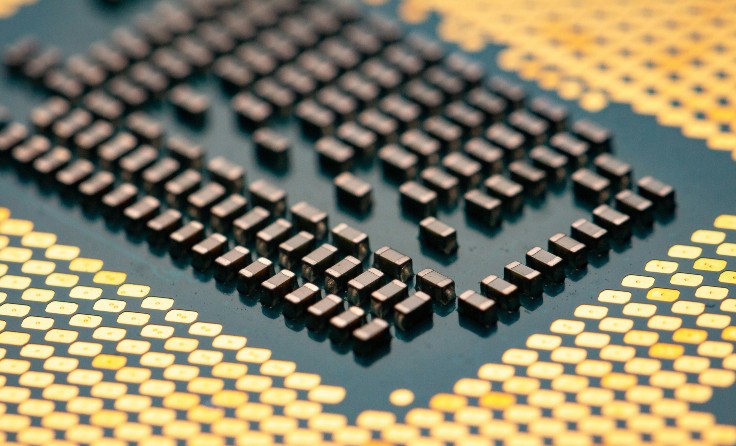The Philippine Semiconductor Industry is expected to grow 10-15% annually from 2024-2027, aligning with the global demand for semiconductors and electronics. The Philippines is investing heavily to support the industry where several factors, such as government initiatives and private sector players' participation, are expected to be key drivers to growth, further reflecting the country's potential as a hub for Semiconductor Manufacturing Services (SMS).
Semiconductors in the Philippines: Growth Drivers and Market Trends
Part of the Philippine SMS industry’s growth can be attributed to the increasing global demand for innovative technology, where advancements in areas like artificial intelligence (AI), 5G, and electric vehicles (EVs) have propelled industry development.
The innovation of technology has not only driven demand within the Philippines’ semiconductor industry but has also enabled the sector to evolve past traditional manufacturing and delve further into other aspects, such as research and development, design, testing, etc. The industry’s diversified service offerings, continued technological innovation, and overall ability to adapt are beneficial to sustaining growth in both the short- and long-term.
The Philippines is also strategically positioned within the APAC (Asia-Pacific) region, as it is geographically in close proximity to significant semiconductor players, such as Taiwan, China, and Japan, among others. The country’s strategically advantageous location will attract semiconductor players looking to diversify their value chains, especially as many seek to reduce reliance on single sources for adjacent industries. This is in line with trends in recent years, where semiconductor mergers and acquisitions have increased globally since 2020 to expand capacity through technology, gain further access to resources, and reduce costs due to geo-diversification.
Similarly, domestic public sector efforts are pivotal in stimulating business within the Philippine semiconductor industry, especially as government initiatives can lead to and facilitate cross-border collaboration. For instance, the United States (U.S.) CHIPS and Science Act of 2022, which aims to boost the country’s semiconductor efforts in research, development, and production, is expected to aid the development of the Philippines’ semiconductor industry.
Under the CHIPS Act, the Philippines was among seven partner countries chosen by the U.S., where selected countries will benefit from a 500 million USD fund divided among beneficiary countries over five years to support domestic semiconductor industry development. Per reports for the Philippine News Agency, the Philippines has set a goal to produce 128,000 engineers for the semiconductor industry, which will bolster domestic industry growth and help the U.S. diversify its semiconductor supply chain as part of the CHIPS Act.
Semiconductor Industry Challenges and Opportunities
While these developments present growth opportunities for players across several aspects of the PH semiconductor value chain, the industry still has challenges to address to realize its global potential.
Compared to regional competitors, the Philippines should look to further improve in areas like infrastructure, ease of doing business, and skilled labor availability. Although the public sector is already taking steps to scale development in such areas, private sector players can also use these opportunities to explore investments or facilitate market entry into the Philippines’ semiconductor market.
Other key improvement areas include bridging the talent gap in specialized areas like chip design and fabrication, which requires expanding educational programs and upskilling initiatives like the Philippines’ upskilling program through the CHIPS Act. Additionally, continuous advancements in R&D and investments in advanced manufacturing facilities are essential to remain competitive.
In the coming years, the PH semiconductor industry will aim to scale growth by attracting investment and partnerships from domestic and international players alike to establish the Philippines as a semiconductor hub. At the same time, domestic players are expected to build on previous success by gradually developing their advanced capabilities to remain competitive against the global market.
To get insight into other business industries across Asia and emerging trends, subscribe to our newsletter here and check out these reports:






